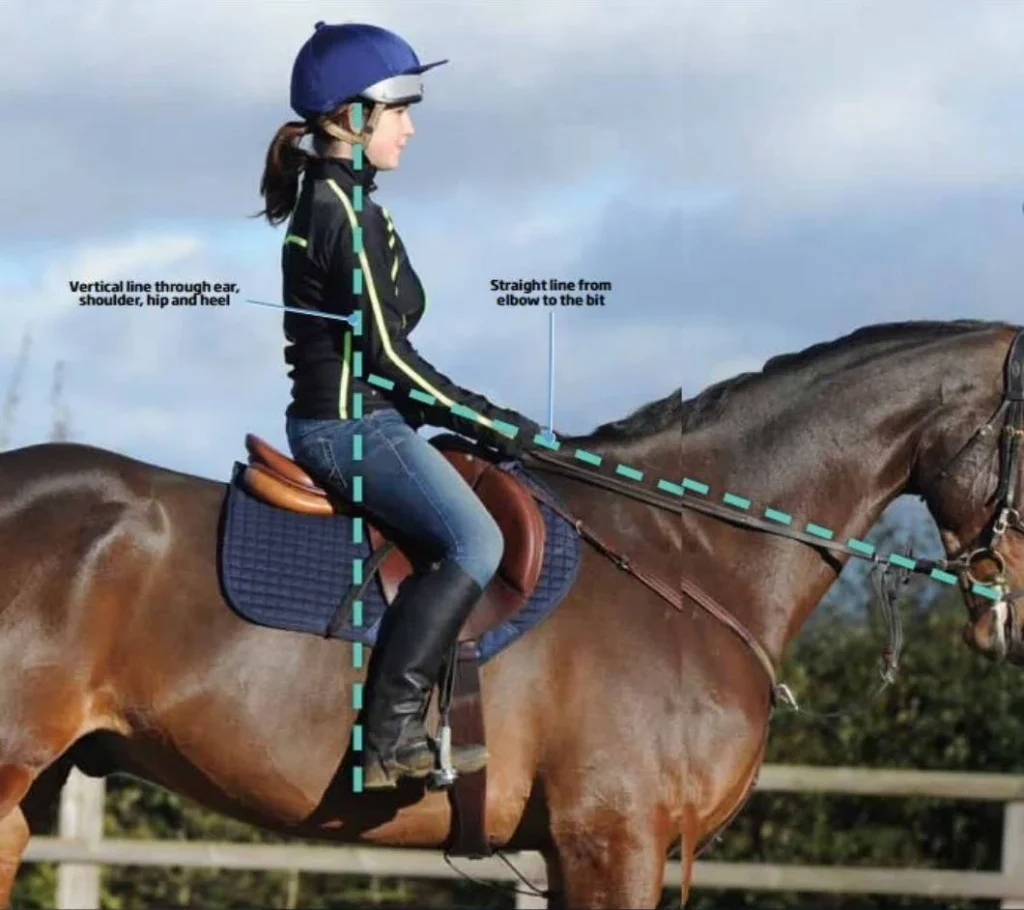Mastering Riding Techniques: A Comprehensive Guide
Whether you’re a novice or an experienced rider, mastering the fundamental riding techniques is essential for a safe and enjoyable experience. This guide covers the essential skills of mounting and dismounting, maintaining proper riding positions and postures, steering and controlling the horse, and understanding the various gaits: walk, trot, canter, and gallop.
1. Mounting and Dismounting
Mounting:
Proper mounting is crucial for both rider safety and the horse’s comfort. Follow these steps for a smooth and safe mount:
- Preparation: Ensure the horse is standing still and the reins are properly adjusted. Stand beside the horse’s left shoulder, holding the reins and a tuft of the mane in your left hand.
- Foot in the Stirrup: Place your left foot in the stirrup, making sure it’s securely positioned.
- Mounting: Push off the ground with your right foot, swing your right leg over the horse’s back, and gently sit down in the saddle.
- Adjusting: Once seated, adjust your position and ensure both feet are properly placed in the stirrups.
YouTube Tutorial on Mounting: How to Mount a Horse
Dismounting:
Safe dismounting is equally important to prevent injury to both rider and horse. Follow these steps:
- Preparation: Halt the horse and remove your feet from the stirrups.
- Reins and Mane: Hold the reins and a tuft of the mane with your left hand.
- Swing Leg Over: Swing your right leg over the horse’s back, being careful not to kick the horse.
- Landing: Slide down gently, landing on both feet beside the horse.
YouTube Tutorial on Dismounting: How to Dismount a Horse
2. Basic Riding Positions and Postures
Maintaining the correct riding position is crucial for effective communication with your horse and for ensuring both your safety and the horse’s comfort.
Basic Riding Positions:
- The Seat: Sit tall and straight in the saddle with your weight evenly distributed across both seat bones. Avoid slouching or leaning too far forward or backward.
- Leg Position: Your legs should hang naturally, with a slight bend at the knee. The balls of your feet should rest on the stirrups, with heels slightly lower than toes.
- Hands and Reins: Hold the reins with a gentle grip, maintaining a straight line from your elbow to the horse’s mouth. Keep your hands low and steady, about 6 inches apart.
- Head and Eyes: Look straight ahead, not down at the horse. This helps with balance and direction.

YouTube Tutorial on Riding Positions: Correct Riding Position
3. Steering and Controlling the Horse
Effective steering and control are achieved through a combination of rein, leg, and body aids.
Steering Techniques:
- Direct Rein: Pull gently on the rein in the direction you want to turn. For example, to turn left, gently pull the left rein towards your hip.
- Neck Rein: Press the rein against the horse’s neck on the side opposite to the desired direction. For example, to turn left, press the right rein against the horse’s neck.
- Leg Aids: Apply pressure with your legs to guide the horse. To move forward, squeeze gently with both legs. To turn, apply pressure with the leg opposite the direction you want to go.
- Body Position: Shift your weight slightly in the direction of the turn. This helps communicate your intention to the horse.
YouTube Tutorial on Steering: How to Steer a Horse
4. Gaits: Walk, Trot, Canter, and Gallop
Understanding and mastering the different gaits is essential for effective riding.
Walk: The walk is a four-beat gait where each foot moves independently. It’s the slowest and most controlled gait.
YouTube Tutorial on Walking: Understanding the Walk Gait
Trot: The trot is a two-beat gait with a moment of suspension. It can be performed in a sitting trot (sitting in the saddle) or posting trot (rising and sitting in rhythm with the horse’s movement).
YouTube Tutorial on Trotting: How to Trot a Horse
Canter: The canter is a three-beat gait with a distinct rhythm. It’s faster than the trot but slower than the gallop. Riders should sit deep in the saddle and follow the horse’s movement.
YouTube Tutorial on Cantering: How to Canter
Gallop: The gallop is the fastest gait, a four-beat gait with a long moment of suspension. It’s used for speed and should be performed by experienced riders.
YouTube Tutorial on Galloping: Understanding the Gallop
Conclusion
Mastering these riding techniques takes time, patience, and practice. By focusing on proper mounting and dismounting, maintaining correct riding positions, effectively steering and controlling your horse, and understanding the various gaits, you’ll enhance your riding skills and enjoy a safer, more rewarding experience with your horse. Happy riding!

